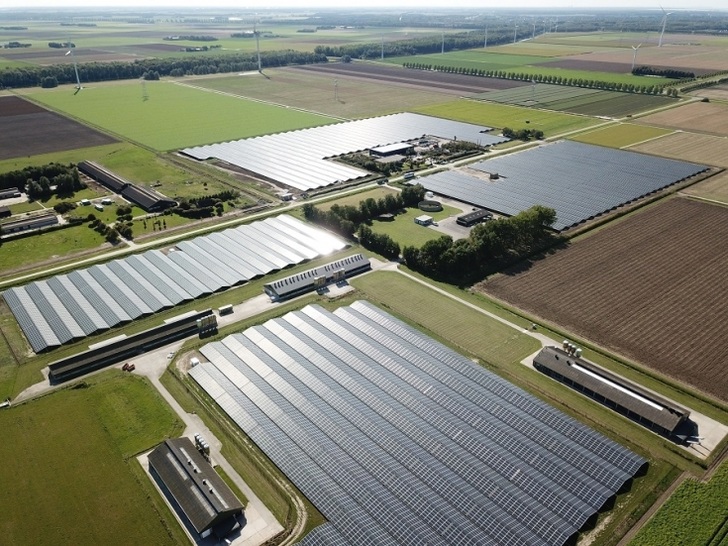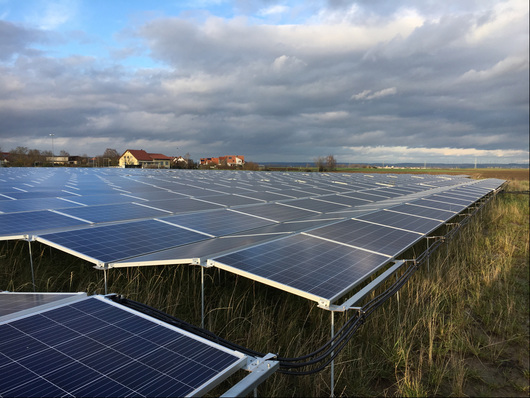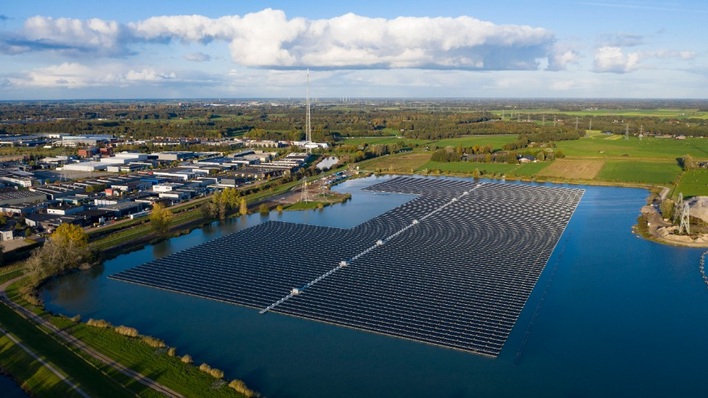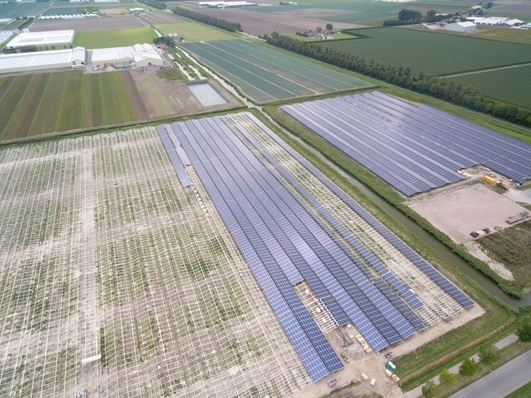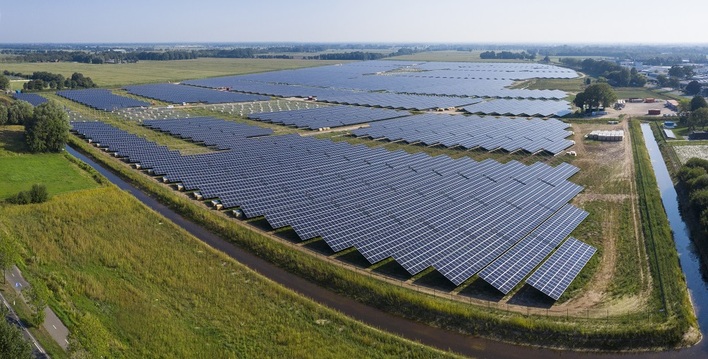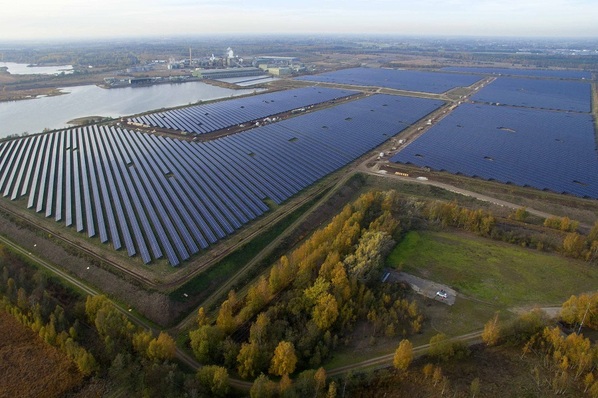The 2020 Sustainable Energy Production (SDE+) spring budget will make the CO2 reduction target feasible and affordable, says GlobalData.
The Dutch Climate Agreement aims to reduce CO2 emissions in the Netherlands by setting a national reduction goal of 49% lower in 2030 than in 1990. In December 2019, the Supreme Court of the Netherlands ordered the government to cut the nation’s CO2 emissions by 25% from 1990 levels by the end of 2020.
New incentive for sustainable energy transition (SDEE ++)
One of the key policy measures to meet the climate goals is the SDE+ scheme, which provides financial support to the producers for the renewable energy they generate. The 2020 SDE+ spring tender round is the last time the SDE+ subsidy will be awarded in its current form. Later on, the SDE+ stimulation subsidy will be expanded to an incentive for sustainable energy transition (SDE++).
Did you miss that? Solar is key to the success of the future’s cities
Bhavana Sri Pullagura, Power Analyst at GlobalData, comments: “There are a large number of renewable energy projects that can offer cost-effective contribution for further development and make the energy transition more sustainable. The 2020 SDE+ will be used to help projects that have a short implementation period and those projects which did not get funding in the previous tender. This is expected to give an extra boost to the development of renewable energy through the stimulation of both new and old projects for which the required permits were previously missing.
15% CAGR for solar and wind
“The government’s resolution to reduce emissions by 49% by 2030 will result in massive renewable energy capacity addition. By 2030, the renewable energy capacity is projected to increase at a compound annual growth rate (CAGR) of 12%. The subsidies provided by the government will help in bringing down the cost curve for wind and solar energy, making them the most promising areas of new capacity additions. Both these technologies are slated to grow by more than 15% CAGR by 2030.” (HCN)


